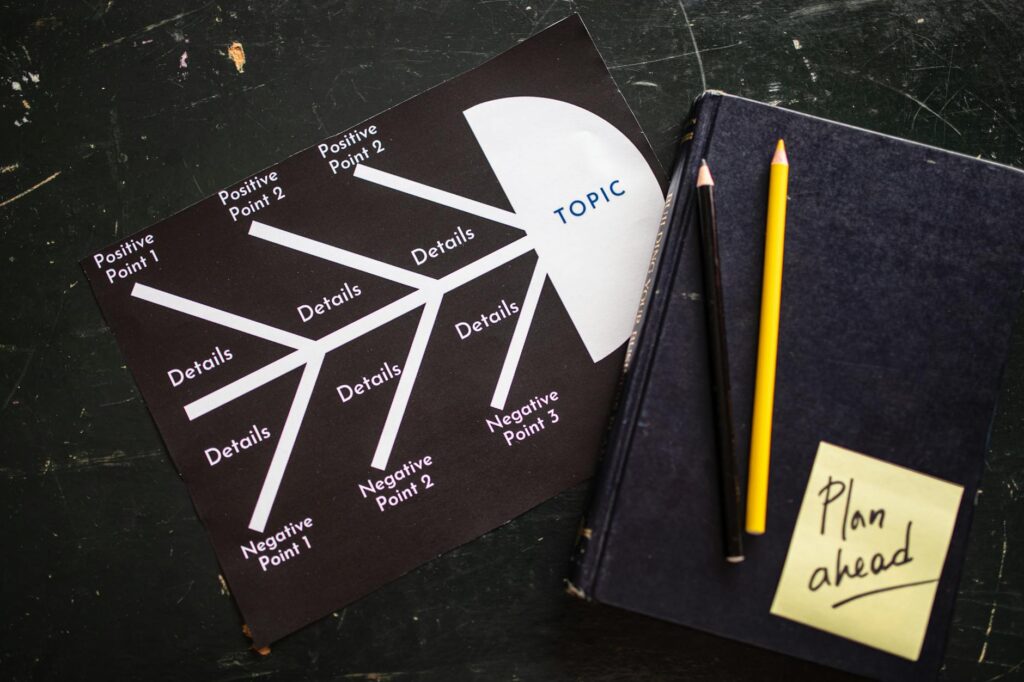What is workflow design?

What is Workflow Design?
In today’s fast-paced world, efficiency is key to success—whether you’re managing a team or simply organizing your daily tasks. Workflow design plays a crucial role in enhancing productivity by streamlining processes, ensuring that everything flows smoothly. It impacts both personal and professional life, helping you achieve more with less effort. So, what exactly is workflow design, and why should you care? Let’s explore.
Understanding Workflow Design
To get a grasp on workflow design, we need to define what it is and understand its significance in the realm of productivity.
Definition of Workflow Design
Workflow design is the process of mapping out tasks, activities, and information flow within a system or organization. It involves creating a visual representation—often in the form of flowcharts or diagrams—that outlines how work progresses from one stage to the next. The primary purpose is to clarify steps, identify bottlenecks, and ultimately enhance efficiency.
Importance of Workflow Design
Effective workflow design brings numerous benefits. First and foremost, it boosts productivity by minimizing wasted time and resources. When everyone understands their roles and the sequence of tasks, they can work more efficiently. For a deeper dive into the significance of workflows, resources like Tallyfy’s insights explain how workflows streamline and automate repeatable tasks, reducing errors and increasing overall efficiency.
Moreover, a well-designed workflow can improve team collaboration. By clearly defining roles and responsibilities, team members can coordinate better, ensuring that everyone is on the same page. It also helps in tracking progress and identifying areas for improvement, which is essential for continuous growth.
Key Elements of Workflow Design
Now that we’ve established what workflow design is, let’s dive into the key components that contribute to its effectiveness.
Tasks and Activities
The first step in designing an effective workflow is identifying specific tasks and activities. This involves breaking down larger projects into smaller, manageable tasks that can be easily executed. Think of it like assembling a puzzle; each piece has its place and helps create the bigger picture.
Roles and Responsibilities
Next, it’s crucial to define roles and responsibilities within the workflow. Who is responsible for each task? What are the expectations for each team member? Clearly delineating these roles minimizes confusion and ensures accountability.
Tools and Technology
In today’s digital age, leveraging the right tools and technology is vital. There are various applications and software that can assist in workflow design, from project management tools like Asana and Trello to workflow automation platforms such as Zapier. These tools can help streamline tasks, manage deadlines, and facilitate communication among team members.

Photo by RDNE Stock project
Implementing Workflow Design
Designing a workflow is one thing, but implementing it effectively is another. Here’s a structured approach to get you started.
Assessing Current Workflows
Before implementing a new workflow, it’s essential to assess existing ones. Look for inefficiencies, bottlenecks, or areas where tasks are not clearly defined. This can involve gathering feedback from team members or conducting a workflow analysis to pinpoint potential improvements. Websites like Kissflow provide practical tips for evaluating workflows effectively.
Designing the Workflow
Once you’ve identified areas for improvement, it’s time to design the workflow. Create a step-by-step plan that incorporates best practices and aligns with your objectives. Tools like Canva’s workflow diagram creator can be extremely helpful in visually mapping out your processes.
Monitoring and Adjusting Workflows
Finally, remember that workflow design is an ongoing process. After implementation, continuously monitor the workflow’s performance. Are tasks being completed on time? Is there communication among team members? Gather feedback and be willing to make adjustments as needed. This iterative approach ensures that the workflow remains efficient and relevant over time.
Conclusion
In conclusion, workflow design is a powerful approach to enhancing productivity and efficiency in both personal and professional settings. By understanding its key components—tasks, roles, and technology—you can create effective workflows that streamline processes and improve team collaboration. I encourage you to apply these principles in your own life. Whether you’re managing a project at work or organizing your daily routine, embracing workflow design can lead to significant improvements in how you operate. Start designing your workflows today to unlock your full potential!